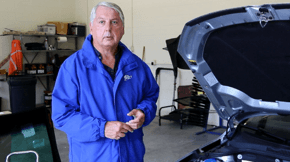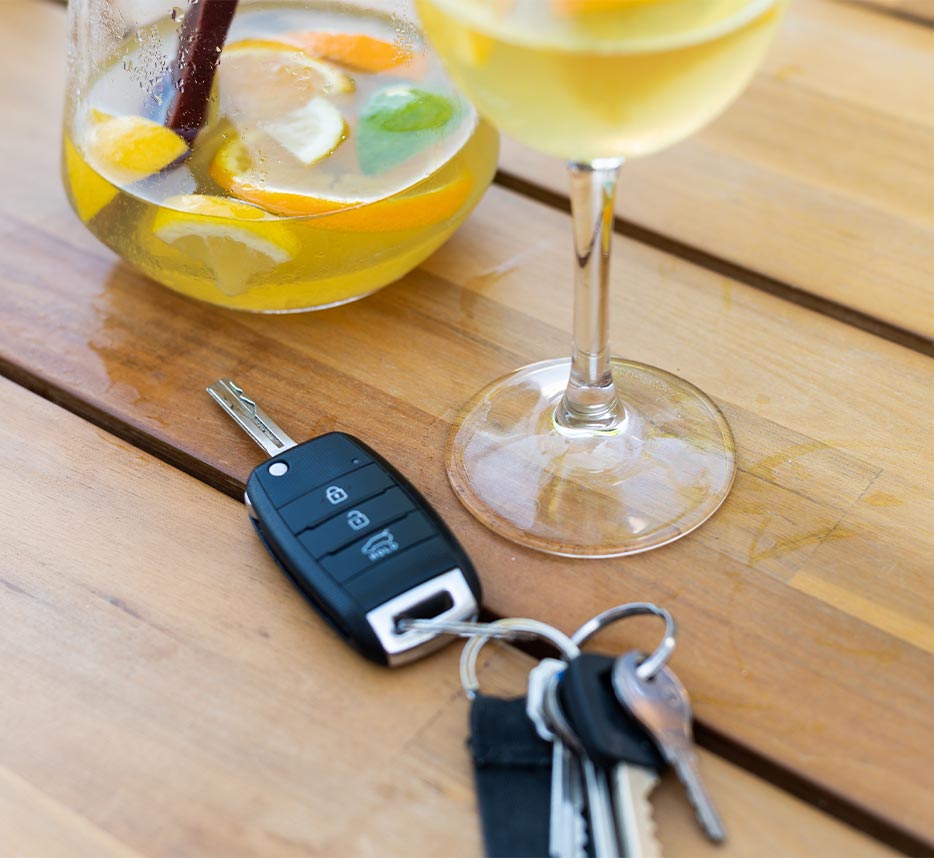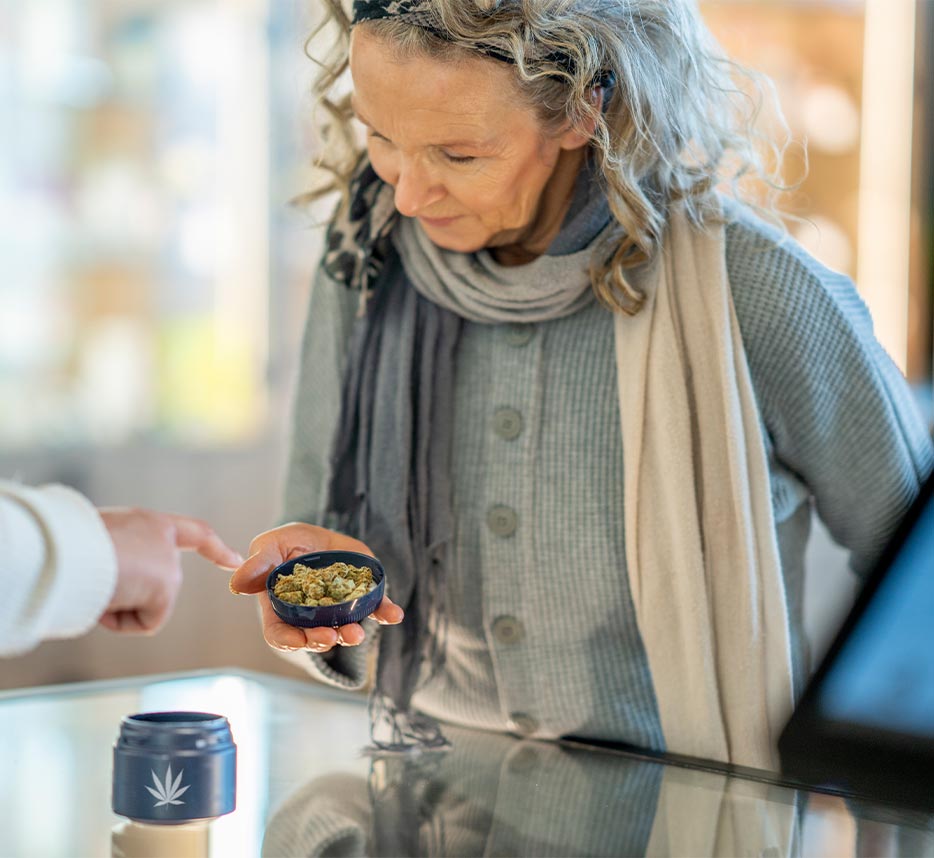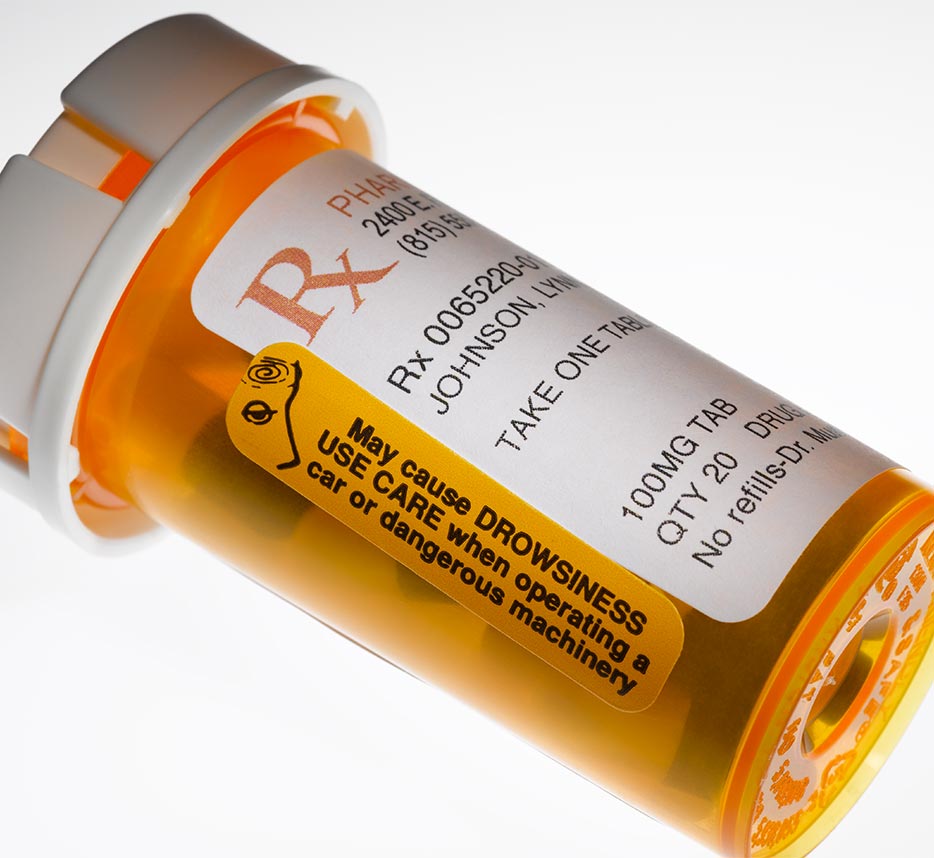Virtually all drivers know that drinking and driving is dangerous. Alcohol impairs judgment, vision, reaction time and muscle control – all abilities required for safe driving.
While drunk driving is on the decline, it remains an epidemic. In 2022, 13,524 Americans were killed in alcohol-related crashes – equivalent to one death every 39 minutes. According to surveys conducted by the AAA Foundation for Traffic Safety, drivers overwhelmingly perceive driving after drinking as very or extremely dangerous (95%) and 67% believed a driver would be likely to be apprehended by police. In total, alcohol-related crashes cost the public more than $50 billion annually.
State laws across the country criminalize this behavior. It is a crime to drive in the United States with a BAC at or above 0.08% (0.05% in Utah). Compared with sober motorists, drivers with a BAC of 0.08% are more than five times more likely to be involved in a fatal crash and four times more likely to be involved in a crash of any severity.
Drivers with a BAC below the legal limit can get a ticket if their ability to drive is impaired. And even one drink can be too much. Compared with sober motorists, drivers with a BAC of 0.05% are three times more likely to be involved in a fatal crash, and twice as likely to be involved in a crash of any severity.
Given these disheartening statistics, there is only one acceptable message for motorists: If you are driving, don’t drink and if you are drinking, don’t drive. Have a designated driver or use an alternative method of transportation.
AAA is committed to educating members about the risks of drinking and driving. Learn more










